Description
Gives an elementary treatment of linear algebra that is suitable for a first course for undergraduate students. The aim is to present the fundamentals of linear algebra in the clearest possible way; pedagogy is the main consideration. Calculus is not a prerequisite; but there are clearly labeled exercises and examples (which can be omitted without loss of continuity) for students who have studied calculus.
NEW TO THIS EDITION
– New Exercises: Hundreds of new exercises of all types have been added throughout the text.
– Technology Exercises requiring technology such as MATLAB; Mathematica; or Maple have been added and supporting data sets have been posted on the companion websites for this text. The use of technology is not essential; and these exercises can be omitted without affecting the flow of the text.
– Appendix A Rewritten: The appendix on reading and writing proofs has been expanded to better support courses that focus on proving theorems.
– New Appendix C: This new appendix has been added to provide guidance on using technology software with the text.
– Web Materials: Supplementary web materials now include various applications modules; three modules on linear programming; and an alternative presentation of determinants based on permutations.
FEATURES
– Highlights Relationships among Concepts By continually revisiting the web of relationships among systems of equations; matrices; determinants; vectors; linear transformations; and eigenvalues; Anton helps students to perceive linear algebra as a cohesive subject rather than as a collection of isolated definitions and techniques.
– Proof Sketches Students sharpen their mathematical reasoning skills and understanding of proofs by filling in justifications for proof steps in some exercises.
– Emphasizes Visualization Geometric aspects of various topics are emphasized; to support visual learners; and to provide an additional layer of understanding for all students. The geometric approach naturally leads to contemporary applications of linear algebra in computer graphics that are covered in the text.
– Mathematically Sound Mathematical precision appropriate for mathematics majors is maintained in a book whose explanations and pedagogy meet the needs of engineering; science; and business/economics students.
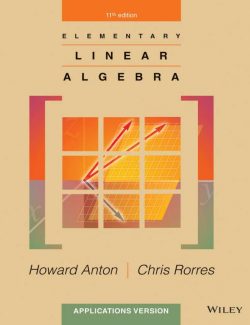
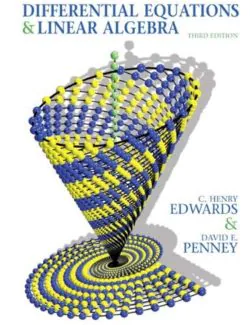

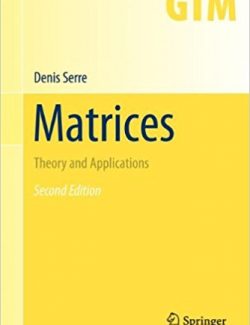
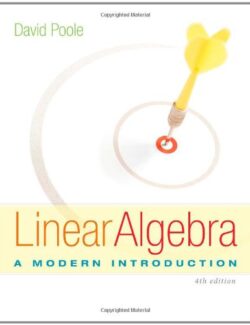
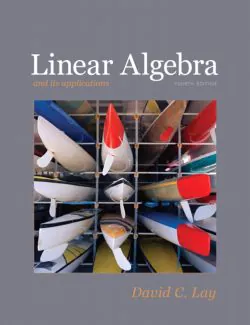
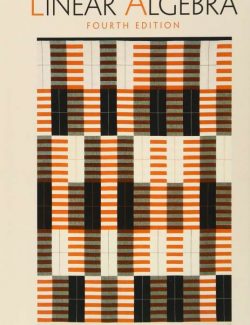
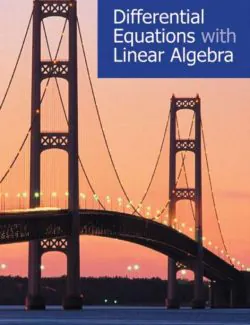
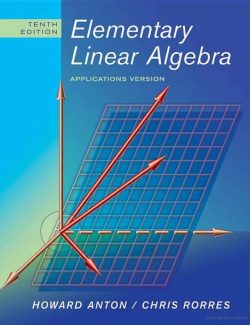
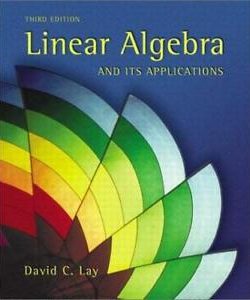
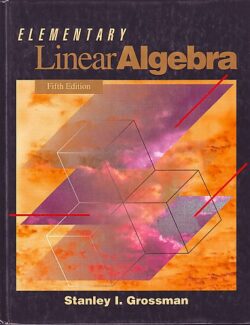
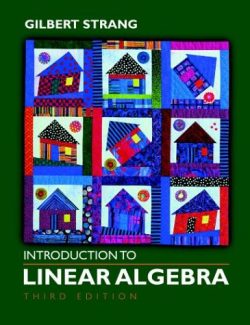
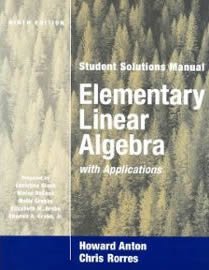
Leave us a comment
No Comments